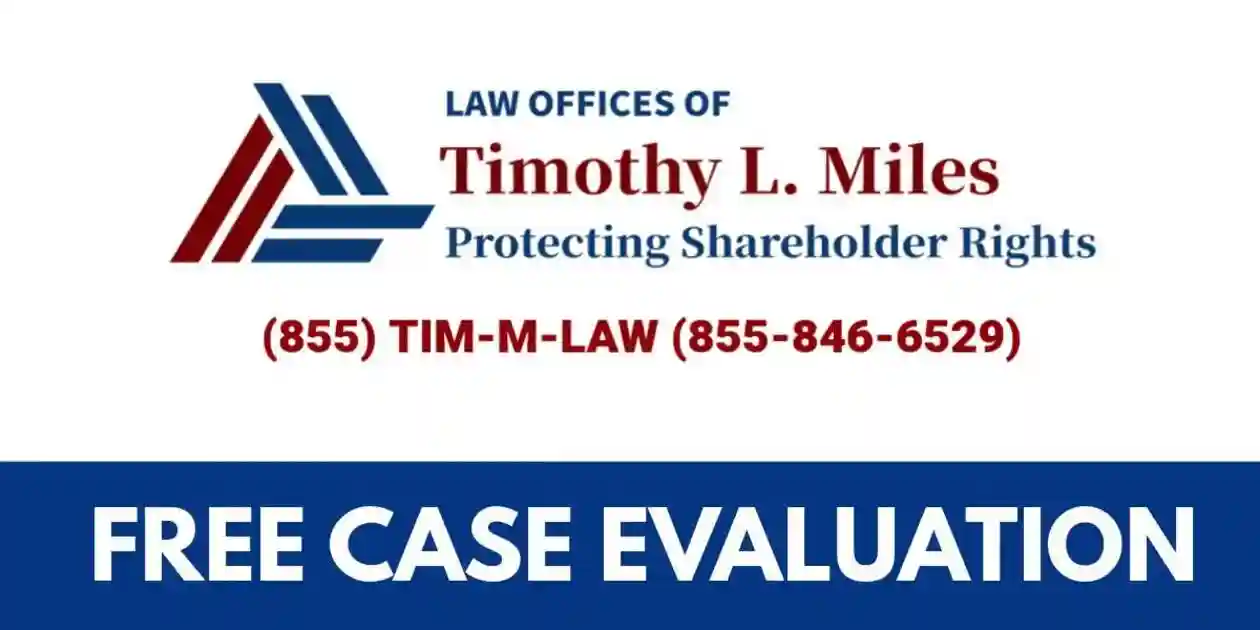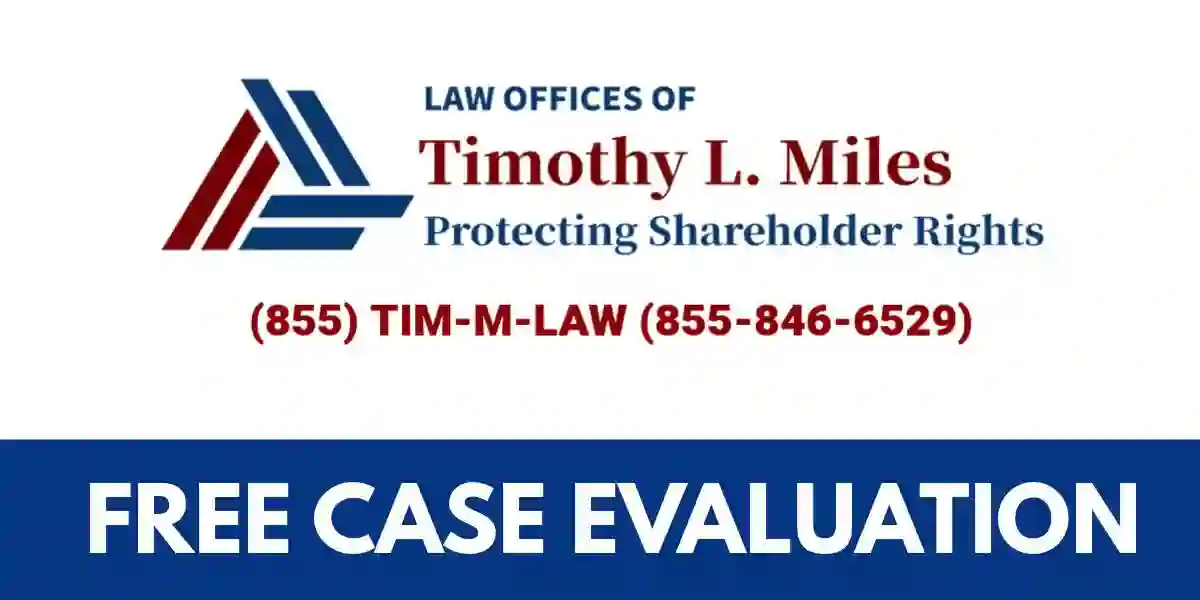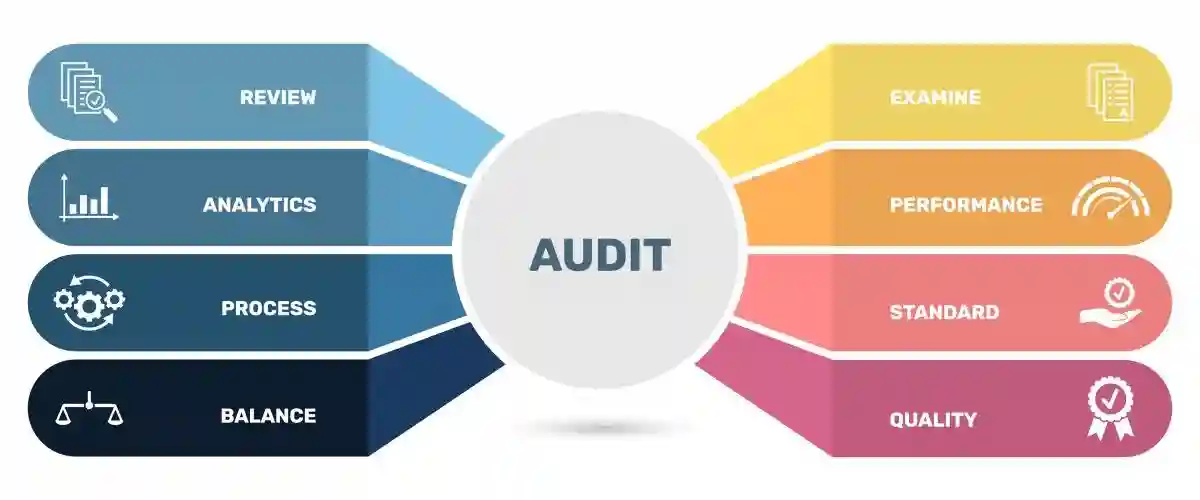Introduction to the Fluor Class Action Lawsuit
The Fluor Class Action Lawsuit, Maglione v. Fluor Corporation, No. 25-cv-02496 (N.D. Tex.), seeks to represent purchasers or acquirers of Fluor Corporation (NYSE: FLR) securities between February 18, 2025 and July 31, 2025.
Key lawsuit information:
- Case Caption:Maglione v. Fluor Corporation, No. 25-cv-02496 (N.D. Tex.)
- Class Period: February 18, 2025 – July 31, 2025
- Company: Fluor Corporation (NYSE: FLR)
- Allegations: The lawsuit alleges that the company and its executives violated the Securities Exchange Act of 1934 by making false and/or misleading statements and/or failing to disclose material facts to investors.
- Lead Plaintiff Deadline:November 14, 2025.
Read to learn the five things every investors must know about the Fluor Class Action Lawsuit.
1. The Allegations in the Fluor Class Action Lawsuit
- Background: Fluor provides engineering, procurement, and construction; fabrication and modularization; and project management services. Fluor’s infrastructure projects include work on the Gordie Howe International Bridge (“Gordie Howe”), as well as the Interstate 365 Lyndon B. Johnson (“I-635/LBJ”) and Interstate 35E (“I-35”) highways in Texas, according to the complaint.
- Allegations: The Fluor Class Action Lawsuit alleges that defendants throughout the Class Period made false and/or misleading statements and/or failed to disclose that:
- (i) costs associated with the Gordie Howe, I-635/LBJ, and I-35 projects were growing because of, among other things, subcontractor design errors, price increases, and scheduling delays;
- (ii) the foregoing, as well as customer reduction in capital spending and client hesitation around economic uncertainty, was having, or was likely to have, a significant negative impact on Fluor’s business and financial results; and
- (iii) accordingly, Fluor’s financial guidance for fiscal year 2025 was unreliable and/or unrealistic, the effectiveness of Fluor’s risk mitigation strategy was overstated, and the impact of economic uncertainty on Fluor’s business and financial results was understated.
- Missed Concensouss: The Fluor Class Action Lawsuit further alleges that, on August 1, 2025, Fluor reported second quarter 2025 non-GAAP earnings per share of $0.43, missing consensus estimates by $0.13, and revenue of $3.98 billion, representing a 5.9% year-over-year decline and missing consensus estimates by $570 million.
- Mutiple Problems: Defendants blamed these disappointing results on, among other things, growing costs in multiple infrastructure projects due to subcontractor design errors, price increases, and scheduling delays, as well as reduced capital spending by customers, the complaint alleges.
- Negitive Revisd Forcast: Fluor also provided a negatively revised financial outlook for fiscal year 2025, citing “client hesitation around economic uncertainty and its impact on new awards and project delays and results for the quarter.”
- Corrective Disclosure: The complaint also alleges that Fluor’s CEO, defendant James R. Breuer, further disclosed during an earnings call that the infrastructure projects that had negatively impacted Fluor’s second quarter 2025 results were the Gordie Howe, I-635/LBJ, and I-35 projects.
- Stock PLummets: Following this news, the price of Fluor stock fell by more than 27%, according to the Fluor Class Action Lawsuit.
2. How Securities Class Actions Work
- A lead plaintiff files the lawsuit. Usually, an individual or institutional investor who suffered a large financial loss acts as the lead plaintiff, representing the interests of all investors who were harmed. The lawsuit is typically brought by a law firm that specializes in securities litigation.
- The lawsuit proceeds through the court. The case is filed under federal or state securities laws, like the Securities Exchange Act of 1934. The defendant company may file a motion to dismiss the case. If the case proceeds, both sides will enter a lengthy discovery phase to gather evidence.
- Most cases end in a settlement. Rather than going to trial, the company often agrees to pay a sum of money into a common fund to be distributed to the class. The court must approve the fairness of any settlement.
- Claims are administered. If a settlement is reached, a claims administrator is appointed to process claims and distribute funds to eligible investors. The entire process, from filing the complaint to distributing funds, can take several years.
3. The Lead Plaintiff Deadline in the Fluor Class Action Lawsuit
Lead plaintiff motions for the Fluor Class Action Lawsuit must be filed with the court no later than November 14, 2025. When a securities class action is filed:
- The person who files the first complaint is required to publish a notice announcing the filing.
- Anyone who wants to be the lead plaintiff on behalf of the class must thereafter file a motion to be appointed as lead plaintiff(s) no later than 60 days after the notice was published.
4. The Eligibility Criteria for Lead Plaintiff Appointment in the Fluor Class Action Lawsuit
To be eligible for appointment as the lead plaintiff in the Fluor Class Action Lawsuit, an investor must meet the following criteria:
- Securities Acquisition: The investor must have purchased or acquired Fluor Corporation (NYSE: FLR) securities between February 18, 2025 and July 31, 2025.
- Financial Losses: The investor must have suffered financial losses as a direct result of the alleged securities fraud perpetrated by Fluor and its executives.
- Typicality and Adequacy: The investor’s legal claims must be typical of those asserted on behalf of the class, and they must demonstrate their ability to adequately represent the interests of the entire class through experience, resources, and the absence of conflicts of interest.
It is crucial to note that both domestic and international investors who meet these criteria are eligible to seek appointment as the lead plaintiff in the class action lawsuit, as courts have consistently recognized the rights of non-U.S. investors in securities class actions.
5. Options Available to Shareholders
Shareholders in a securities class action lawsuit can choose to join the class action and receive a portion of the settlement, or they can “opt out” to pursue an independent, direct action against the company.
Options also include selling the right to a recovery, and, in some cases, investors may be able to influence the lawsuit by voting on certain proposals, although the latter is less common and not always an option.
- Join the Fluor Class Action Lawsuit:
- This is the default option for eligible investors.
- What it is: You are included in the lawsuit and share in the recovery from a settlement.
- Considerations: Recovery can be small (average of about 2% of losses), and payouts can take a long time due to the length of the class action and claims administration process.
- Opt out of the Fluor Class Action Lawsuit:
- This allows you to pursue a direct, individual claim.
- What it is: You are no longer part of the class and are not bound by the class action’s settlement or outcome.
- Sell the claim:
- It is possible to sell your right to the class action settlement recovery.
- What it is: You can transfer the right to the future payout to a third party in exchange for a smaller, immediate payment.
- Considerations: This can provide immediate liquidity, but you will not receive any money from the class action settlement.
- Vote on proposals (less common):
- In some instances, shareholders may have the opportunity to vote on proposals related to the class action.
- What it is: These are typically “ex ante” proposals before a lawsuit is filed or “ex post” proposals after a lawsuit is filed.
- Considerations: The ability to vote is not guaranteed and depends on the specific circumstances of the lawsuit and the company.
Frequently Asked Questions About the Fluor Class ActionLawsuit
What initiated the Fluor class action lawsuit?
The Fluor class action lawsuit was initiated by investors alleging that Fluor provided misleading information regarding its financial health and operations, resulting in financial losses.
How can I join the Fluor class action lawsuit?
If you purchased shares during the class period and suffered a loss, then you are automatically a member of the class and do not need to do anything at this point unless you are considering moving for lead plaintiff.
What are the potential benefits of a Fluor lawsuit?
Class action lawsuits allow individual investors to collectively seek justice and compensation, which might be challenging to pursue individually. They also promote corporate accountability.
How long will the Fluor class action lawsuit take to resolve?
The duration of class action lawsuits can vary significantly, depending on the complexity of the case, legal strategies, and whether settlements are reached. It could take several months to years.
Contact Timothy L. Miles Today About a Fluor Class Action Lawsuit
If you suffered substantial losses and wish to serve as lead plaintiff of the Fluor Class Action Lawsuit, or just have general questions about you rights as a shareholder, please contact attorney Timothy L. Miles of the Law Offices of Timothy L. Miles, at no cost, by calling 855/846-6529 or via e-mail at [email protected]. (24/7/365).
Timothy L. Miles, Esq.
Law Offices of Timothy L. Miles
Tapestry at Brentwood Town Center
300 Centerview Dr. #247
Mailbox #1091
Brentwood,TN 37027
Phone: (855) Tim-MLaw (855-846-6529)
Email: [email protected]
Website: www.classactionlawyertn.com
Facebook Linkedin Pinterest youtube
Visit Our Extensive Investor Hub: Learning for Informed Investors





